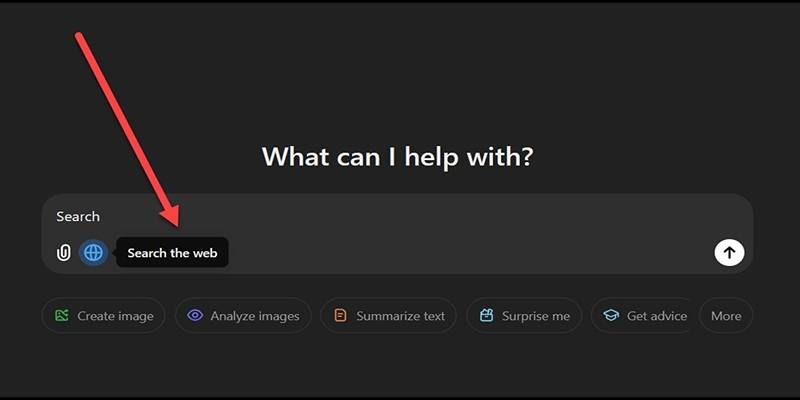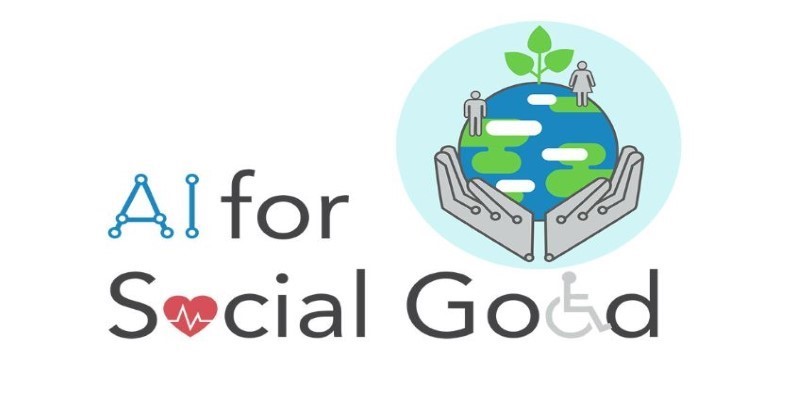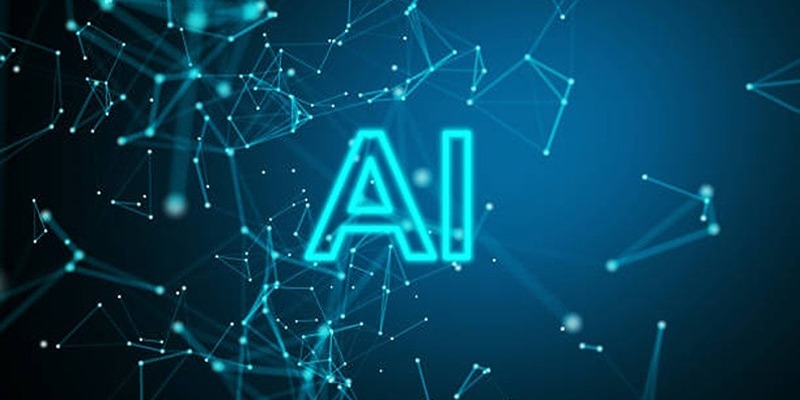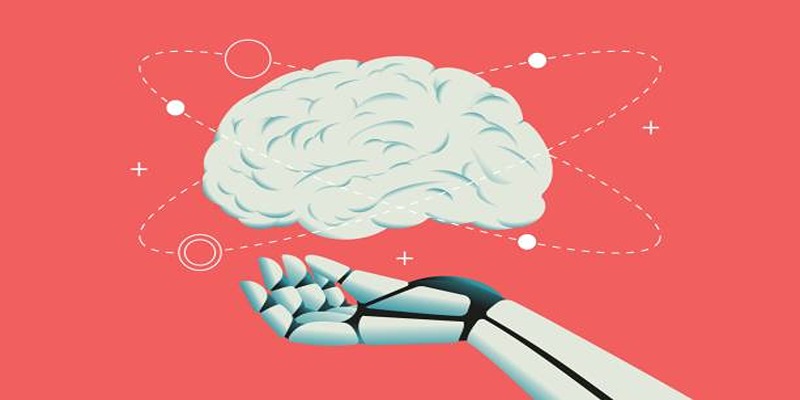For years, Perplexity has been a go-to tool for users who rely on precision, transparency, and source-backed search capabilities. Known for its clear answers and ability to reference trusted content directly, Perplexity quickly earned a reputation as a reliable search assistant—especially for those focused on research, academic tasks, and productivity.
But now, the balance may be shifting. With the introduction of ChatGPT’s new search feature, users who once favored Perplexity are beginning to reconsider. OpenAI's integration of real-time web search into its already powerful language model is drawing attention—and for some, it’s becoming hard to resist. So, what is it about ChatGPT’s new capabilities that are pulling users back?
Perplexity: A Trusted Research Companion
Perplexity became popular by doing one thing exceptionally well: delivering concise, evidence-based responses with clear citations. Unlike many generative AI tools that generate information without verification, Perplexity emphasizes transparency. For users needing clarity, control, and credibility, this approach felt revolutionary.
Its core strengths include:
- Source-backed results: Each piece of information includes linked references, making it easy to verify facts.
- Ease of navigation: Perplexity presents responses in a clean, digestible format that breaks down complex ideas.
- Effective follow-up interaction: Users can ask follow-up questions and maintain the thread of research, which makes it excellent for deep dives.
- Reliable performance: Whether it’s a technical subject or a trending topic, Perplexity stays grounded in what’s accurate and traceable.
Because of these features, Perplexity gained the trust of students, professionals, and casual learners alike.
ChatGPT’s New Search: A Game-Changer

OpenAI’s decision to introduce a real-time search feature into ChatGPT significantly changes how people can use the platform. Traditionally known for its creative capabilities—like writing essays, solving problems, and brainstorming—ChatGPT now taps into live web data, bridging the gap between generative intelligence and current information.
This update means users can now:
- Get real-time answers on current events, news, or live updates (like sports scores or trending topics).
- Access sources directly within ChatGPT’s responses.
- Enjoy a conversational experience that adapts to context and previous questions.
This functionality doesn’t just improve convenience—it reshapes how users approach AI search tasks. Instead of switching tools for different purposes, ChatGPT can now do most of it within a single environment.
Why ChatGPT Is Pulling Users Back?
Users who initially migrated to Perplexity are now reconsidering their preference because ChatGPT’s all-in-one capability has become more attractive. Here’s why many are switching back—or at least incorporating ChatGPT more heavily into their routine.
1. Integrated Search and Creation
Before this update, ChatGPT was already a strong writing and content tool. With the addition of real-time search, it now covers both content generation and fact discovery. This dual functionality allows users to create research-backed emails, articles, or social posts without leaving the app. Instead of copying search results from Perplexity and pasting them into ChatGPT for generation, everything now happens in one seamless flow.
2. Natural Dialogue and Context Retention
While Perplexity offers follow-up functionality, ChatGPT takes it further by maintaining context more intelligently. It remembers what was previously asked, making it easier to explore topics deeply without repeating questions or rephrasing prompts. It creates a more fluid, human-like experience, especially useful when diving into complex subjects or brainstorming ideas.
3. Up-to-Date, Actionable Insights
One of the biggest draws of Perplexity has always been its access to live data. But now that ChatGPT can pull information from the web in real time, that advantage is starting to fade.
Whether it's checking the latest news, understanding market shifts, tracking live events, or exploring trending topics, ChatGPT now delivers timely, relevant responses—alongside its trademark articulate summaries. What’s more, it doesn’t just serve up raw data; it provides context, comparisons, and creative takes on the information, all tailored to the user's needs.
For professionals, content creators, and researchers who depend on timely updates, this is a huge win. Real-time data combined with ChatGPT’s language fluency creates a smarter, more insightful assistant.
4. Time-Saving Convenience

Time is one of the most valuable resources for any user. With Perplexity, users often had to split their workflow: search in one tab, write in another, and then spend time switching between the two.
ChatGPT eliminates that friction. From answering a question to drafting a report, from verifying a stat to writing a tweet, everything can be done inside a single conversation thread. That unified user experience means less multitasking, fewer windows to manage, and more focus on getting the job done.
5. Multitasking Versatility
ChatGPT now goes beyond being just a content or search tool—it has become a true productivity hub. Users can shift between roles effortlessly: researcher, writer, planner, analyst, or even casual conversation partner.
For example, one moment it’s helping summarize a financial report, and the next, it’s crafting a friendly email or scripting a YouTube video—all in the same thread. This versatility across task types saves users from constantly switching platforms or resetting conversations. It supports more fluid, multi-purpose usage in everyday workflows.
6. Tone and Style Adaptability
Another area where ChatGPT shines is its ability to adjust tone and writing style to match the user's needs. Whether someone needs a formal email, a casual tweet, or a persuasive blog post, ChatGPT can tailor the voice accordingly. It is especially helpful for creators and professionals managing content across different platforms or audiences. Combined with real-time data, this tone versatility helps users create more nuanced and platform-specific content—something Perplexity, while accurate, doesn’t focus on as much.
Conclusion
Perplexity has long held its ground as a trusted assistant for accurate and reference-rich information. But with the introduction of its new search feature, ChatGPT is pulling users back, offering a mix of generative depth and real-time intelligence that suits a wider range of needs.
While ChatGPT still has room to improve in terms of consistent source credibility, its ability to integrate writing, creativity, and now up-to-date search makes it a powerful productivity hub. Users who once had to split their tasks between tools are now discovering they can do more within a single platform.











